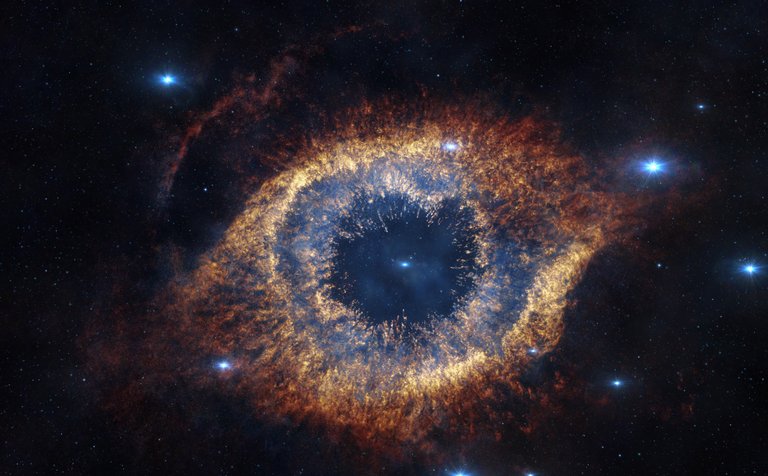
The depth of outer space is much greater than we imagine.
First let's see how insignificant we are, and how unlikely life is
The only absolute requirement for life is a source of energy.

After the precise accuracy of position and composition of the planet.
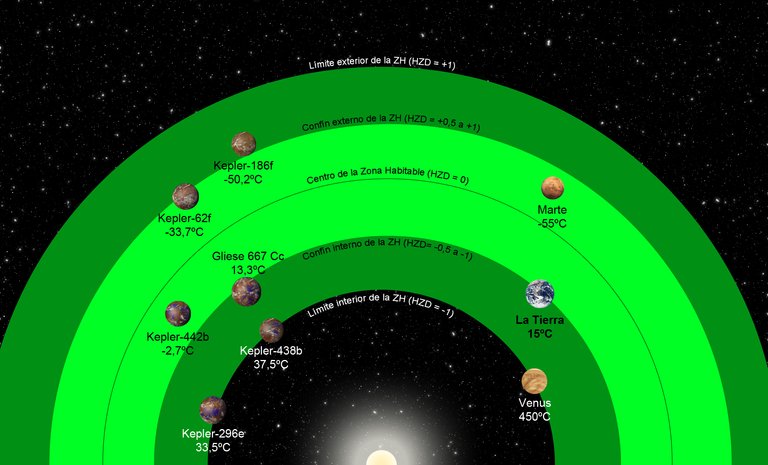
Besides that! , the planet has to be in a specific area of the galaxy, not near the center because of the large amount of radiation and not very far because of the low amount of matter
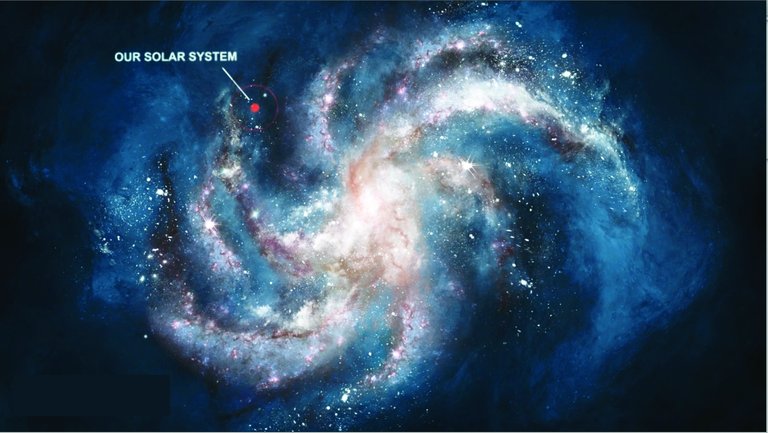
But the most important of all, so that you, me, are sitting here reading this, is the water.
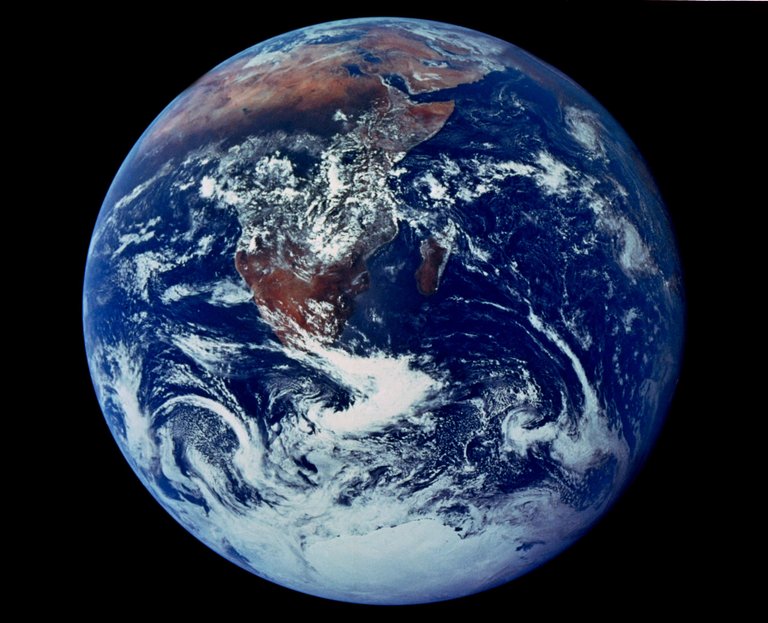
Even so, water is very common
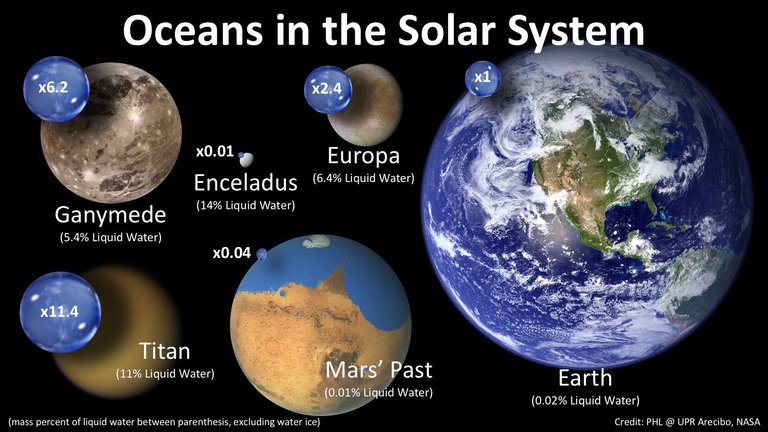
But only in one place the water still exists , but why?
the only reason is the life!

This is a picture taken to earth at 6000 million km in the orbit of Saturn by Voyager 1
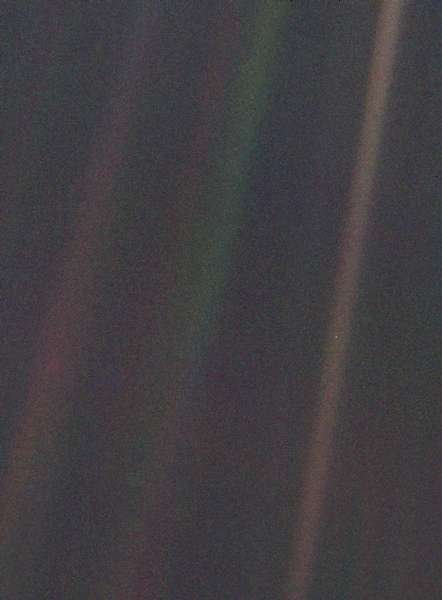
and this one is the "whole solar system " billions of km away in outer space
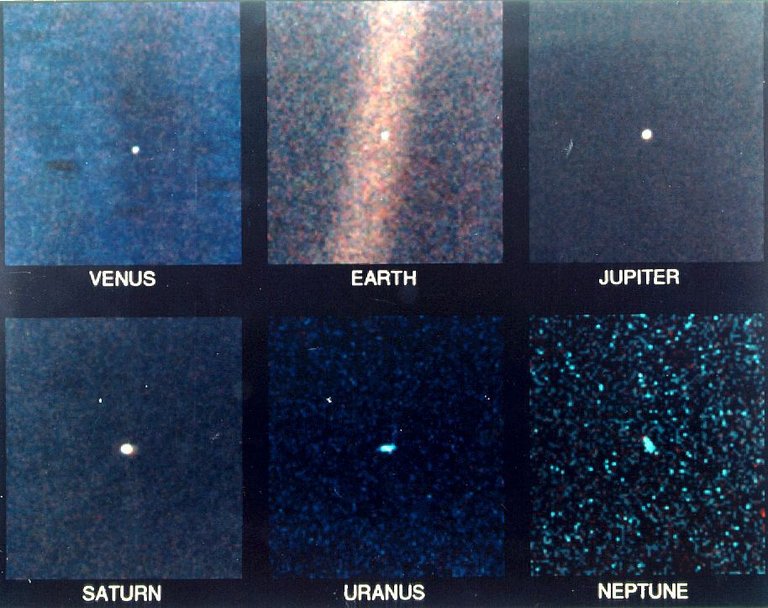
We succeeded in taking that picture ( from deep space ), and, if you look at it, you see a dot. That's here. That's home. That's us. On it, everyone you ever heard of, every human being who ever lived, lived out their lives. The aggregate of all our joys and sufferings, thousands of confident religions, ideologies and economic doctrines, every hunter and forager, every hero and coward, every creator and destroyer of civilizations, every king and peasant, every young couple in love, every hopeful child, every mother and father, every inventor and explorer, every teacher of morals, every corrupt politician, every superstar, every supreme leader, every saint and sinner in the history of our species, lived there on a mote of dust, suspended in a sunbeam.
The Earth is a very small stage in a vast cosmic arena. Think of the rivers of blood spilled by all those generals and emperors so that in glory and in triumph they could become the momentary masters of a fraction of a dot. Think of the endless cruelties visited by the inhabitants of one corner of the dot on scarcely distinguishable inhabitants of some other corner of the dot. How frequent their misunderstandings, how eager they are to kill one another, how fervent their hatreds. Our posturings, our imagined self-importance, the delusion that we have some privileged position in the universe, are challenged by this point of pale light.
Our planet is a lonely speck in the great enveloping cosmic dark. In our obscurity – in all this vastness – there is no hint that help will come from elsewhere to save us from ourselves. It is up to us. It's been said that astronomy is a humbling, and I might add, a character-building experience. To my mind, there is perhaps no better demonstration of the folly of human conceits than this distant image of our tiny world. To me, it underscores our responsibility to deal more kindly and compassionately with one another and to preserve and cherish that pale blue dot, the only home we've ever known.
— Carl Sagan, speech at Cornell University, October 13, 1994
Now let's see how insignificant we are, compared to all interstellar space
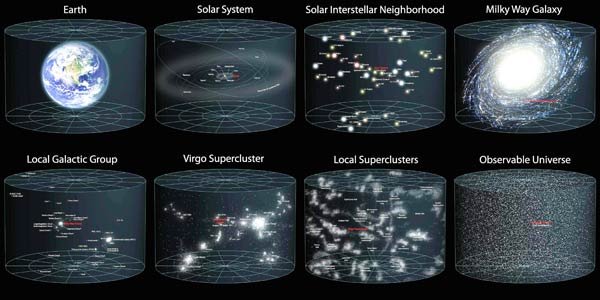
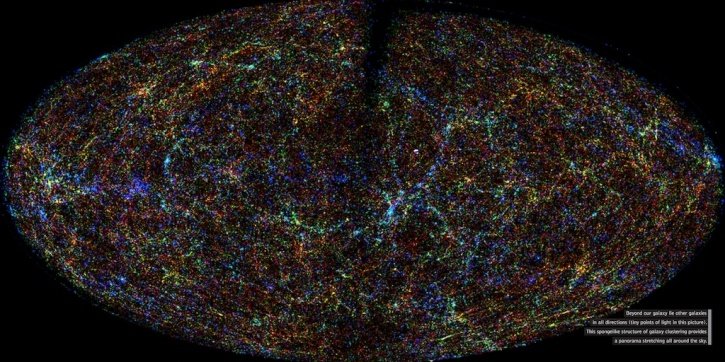
With that in mind, let's begin to go further to see what we found!.
On October 24, 1946, the American probe V2 Missile took the first photograph of the earth, 100km from the surface,
An invaluable achievement, which became a historical fact for humanity, the first photo of our planet, of all of us.
In the context of the Soviet-American space race different probes were developed, with almost a hundred launches (an important part of them, unsuccessful)
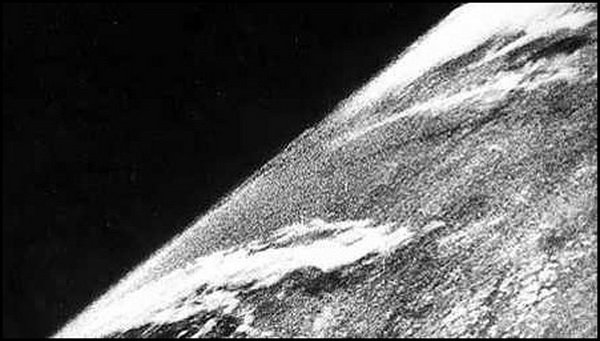
The Soviet probe Lunik 2 impact on the Moon in 1959, being the first space probe to reach another celestial body in the history of mankind
https://ugc.kn3.net/i/origin/http://solarsystem.nasa.gov/images/galleries/luna_2_732X520(2).jpg
The first moon landing was by the Soviet sounder Lunik 9, 7 years later
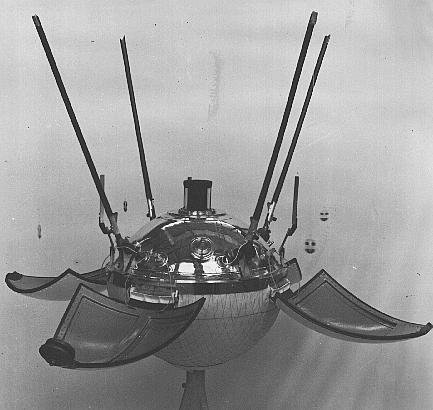
In 1963 the Venera 3 crashed in Venus, being the first human object on another planet

The first manned moon landing was by Apollo 11 only 1 year and 2 months later, becoming the greatest achievement of our entire existence, putting a human being off the planet and taking it to a star
https://ugc.kn3.net/i/origin/https://upload.wikimedia.org/wikipedia/commons/thumb/c/cf/Aldrin_Looks_Back_at_Tranquility_Base_-GPN-2000-001102.jpg/600px-Aldrin_Looks_Back_at_Tranquility_Base-_GPN-2000-001102.jpg

1 year later, in 1970, the Soviets responded strongly, with the landing of Venus 7, on Venus, taking and transmitting information from the planet to later on show up in its pressure and extreme temperatures.

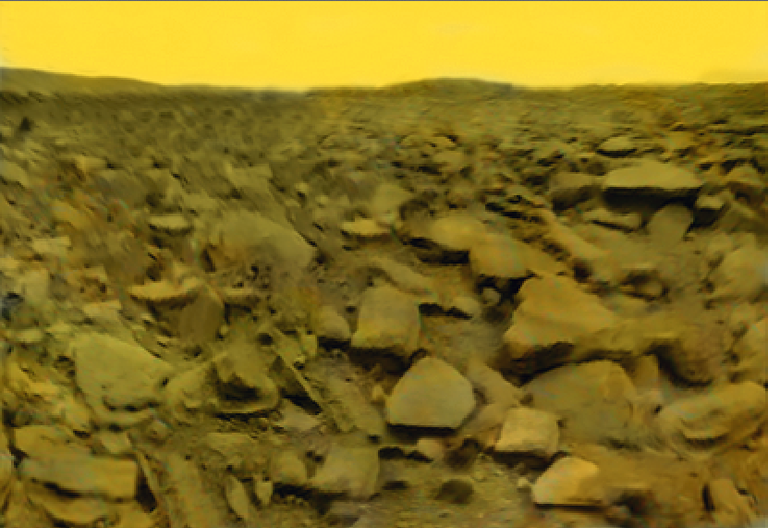
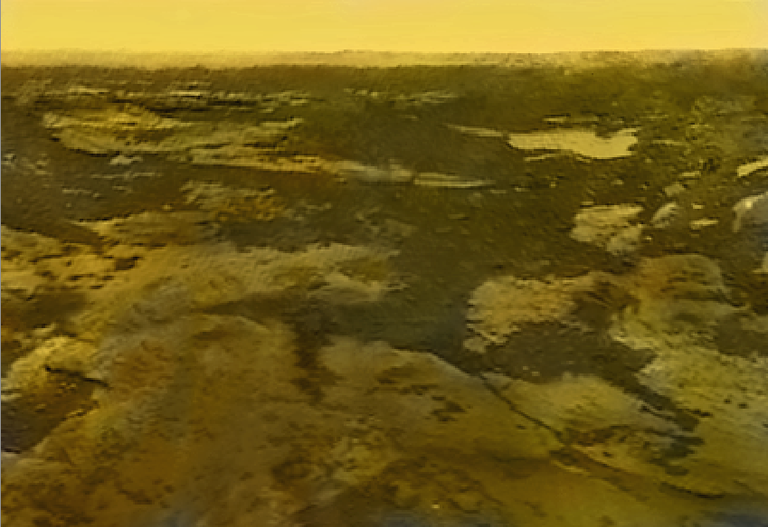
And in the following months Marsnik 3 landed on Mars, at an average distance of 225 million kilometers from Earth

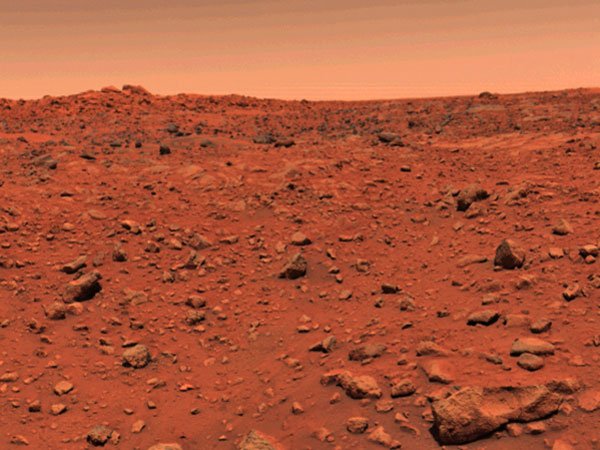
-1976 Viking 1 (Nice colour change)
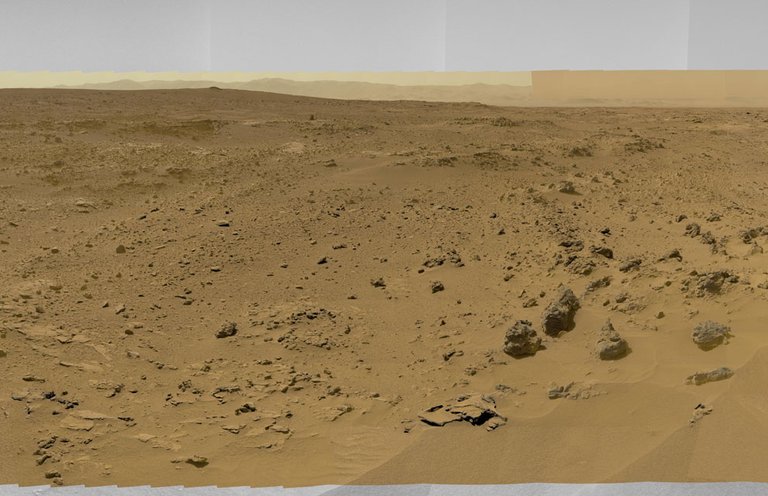
-2012 Curiosity
At this time the space race was unimportant, the Pioneer 10 Probe reached Jupiter on March 2, 1972, to become the first probe to reach the outer solar system, and finally dare the neptune orbit
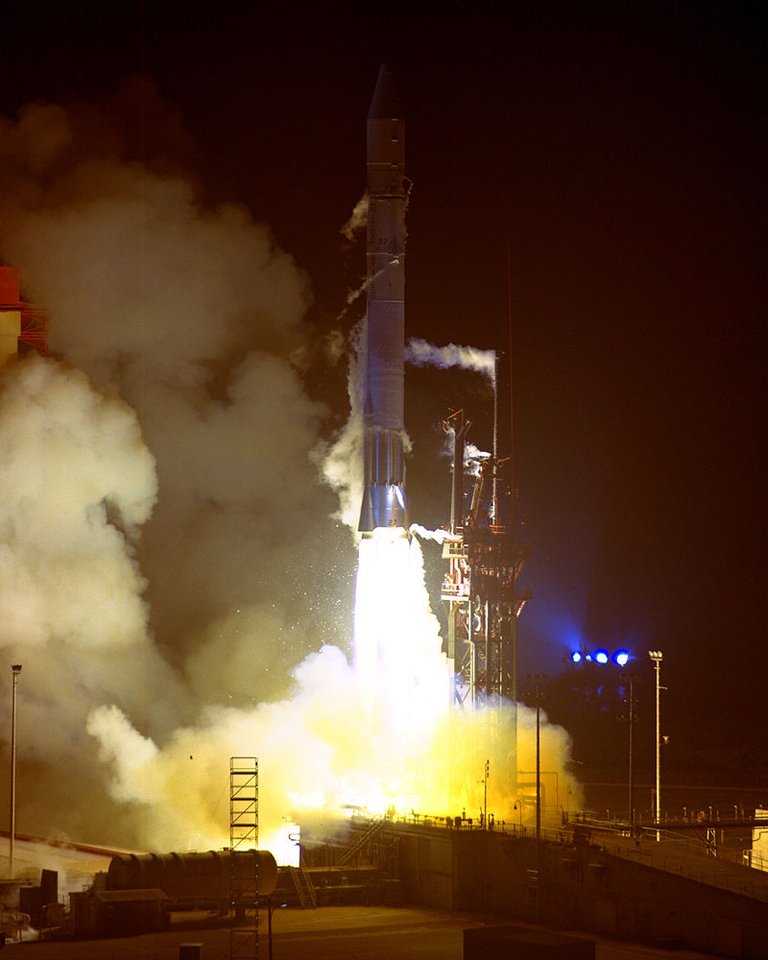
First Jupiter and his moons.
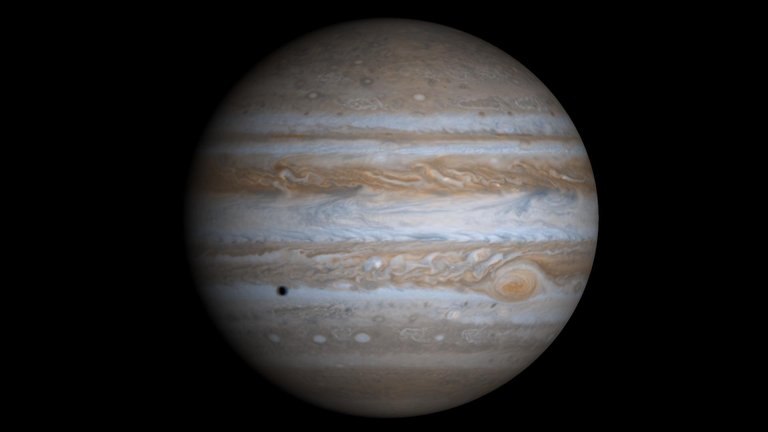




The exploration "returned" a bit to get to Mercury on Mariner 10, in 1974 by NASA

Between 1979, 1989 and 2015, we left the solar system, passing through Saturn, Uranus and Neptune (and all its satellites in the process)
Thanks to Pioneer 10, Voyager 1, 2, Cassini Huygens and New Horizons


Saturn Pionner 10. 1979

Titan in 2005
(Becoming the only known star in addition to the earth with a liquid compound on the surface, on earth is water, and in Titan liquid methane at -180 degrees Celsius!)



1986, Uranus , Voyager 2

1989 , Neptune Voyager 2
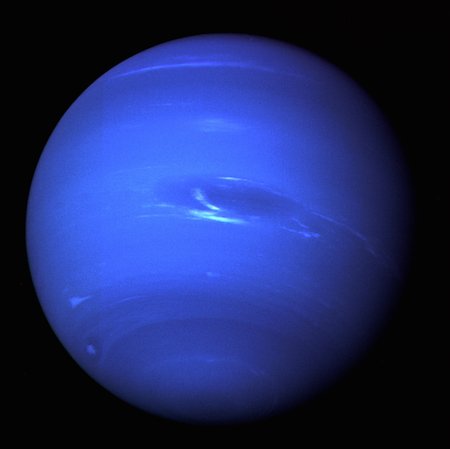
and finally we reached Pluton in 2015, after 15 years of travel by the New Horisons probe

Impressive
Now let's move away a little
This the Voyager 1

From 1977 to November 2017, it has traveled 13 billion miles (21 billion km)

This is the only spacecraft farthest from Earth and the only spacecraft in interstellar space, but still without leaving the solar system, leaving about 300 years to enter the Oort cloud.

And about 81 thousand years to reach the Alpha Centauri system, and in turn the extrasolar planet closest to Earth, Alpha Centauri Bb
That is 4.3 light years, or 4299.8793928121358476 km

to the center of the Via Lactea to 27,723.3 light years from the sun or to 262282669000000000 km

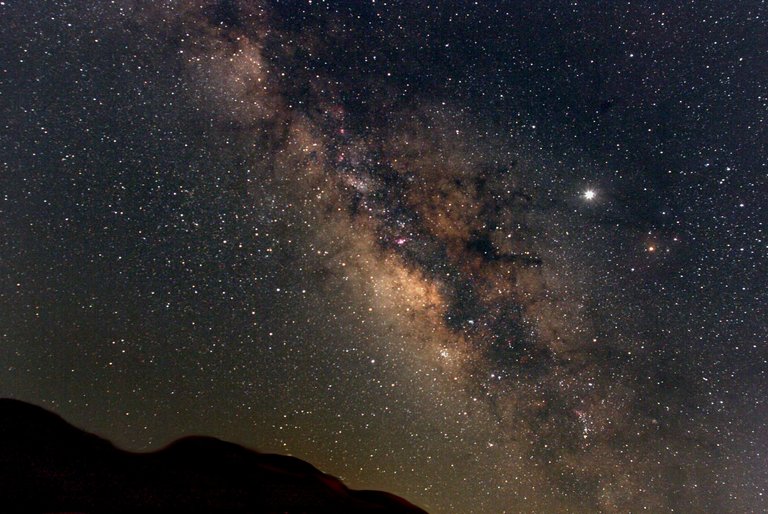
And the galaxy closest to Earth, Andromeda at 2.5 million light years or 23651826000000000000 km
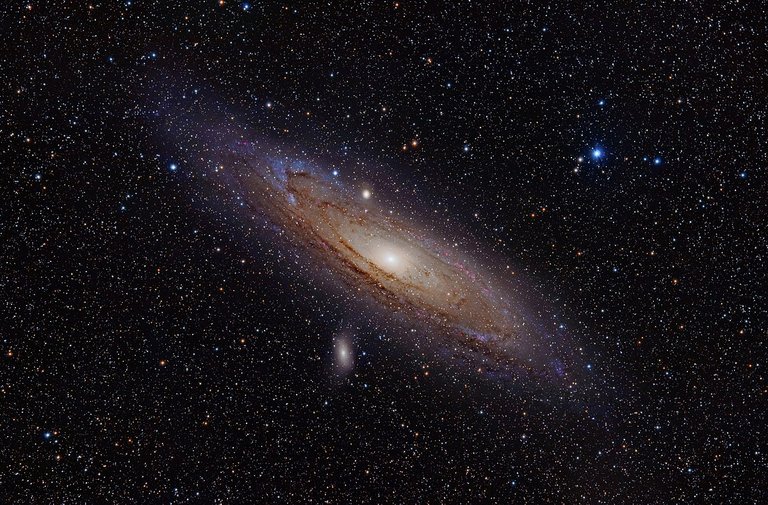
It would take approximately 403 million years
And to finally reach the "end" of the universe, that is, the one observable from Earth, it would have to travel 180 million light years or 1.70293148500000008000000000000000000000 km

To finish the Post, look at this last
his thing is known as the universe tissue (composed of all galaxies, systems and planets)
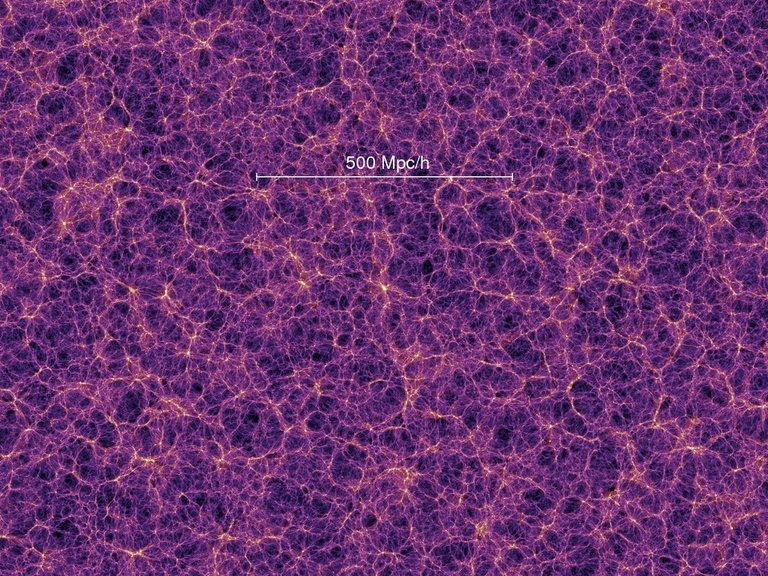
and This is a nerve cell

And what if we are a universe, and if nothing of what we know exists, or is something very foreign to what is real? , and if we are part of another thing?
